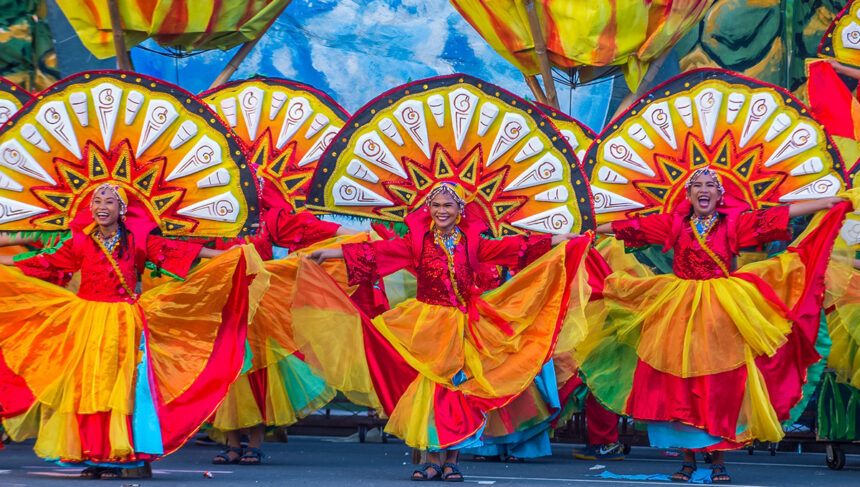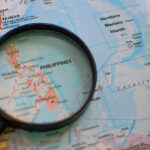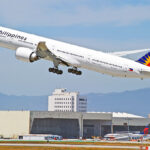Filipino culture is different from anywhere else in Asia. At World Pinoy Flights we have assisted thousands of travellers to the Philippines, and all of them come back with one thing to say which is the culture that makes the trip memorable and not the beaches only. The blend of Spanish colonial history with American influence with native culture is this very peculiar mixture that is quite difficult to grasp in the first instance. But once you get it? The Philippines is much more reasonable.
Whether you’re planning your Philippines holidays or just curious about what makes Filipinos tick, understanding the Philippines culture changes how you experience everything. From the Filipino traditional dress you’ll see at festivals to the Filipino martial arts demonstrations in cultural centres, there are layers here that most visitors never explore. What matters, then, is to break down.
A Deep Dive into Filipino Culture
Core Values That Shape Everything
Understanding Filipino culture starts with getting the core values. These are not generalisations on a tourist brochure front; they are practical tenets that rule day-to-day dealings and make sense of what you are going to see in your day-to-day life.
Kapwa (Shared Identity)
This idea does not lend itself directly. It is essentially treating others equally, seeing that they are human. Why Pasadena will assist you on your way, why locals give you a warm welcome to their family events – it was a part of the kapwa. In World Pinoy Flights, our customers always comment that they were made to feel welcome. That’s kapwa in action.
Pakikisama (Getting Along)
Filipinos are not big on confrontation. It is more about having group harmony than being right. This is the reason why you will hardly hear direct no you are likely to hear maybe, we will see or changes in subjects. Understanding this aspect of Filipino culture prevents confusion when things don’t happen as explicitly promised.
Hiya (Shame/Propriety)
Embarrassment or fear of the loss of face pushes a significant amount of behaviour. The Filipinos will not correct you in front of people, will not say they do not know how to do something, and they will not cause any commotion. It is about saving face – yours and theirs. With knowledge of hiya, tourists move around social situations in a much easier manner.
Utang na Loob (Debt of Gratitude)
Somebody helps you and then you owe him. Not needy on the financial ground, but there is an obligation. This forms social bonding but may perplex the outsiders. When someone does you a favour, they are not simply being nice; there is an implicit promise of giveback sometime in the future.
Family Roles and Relationships
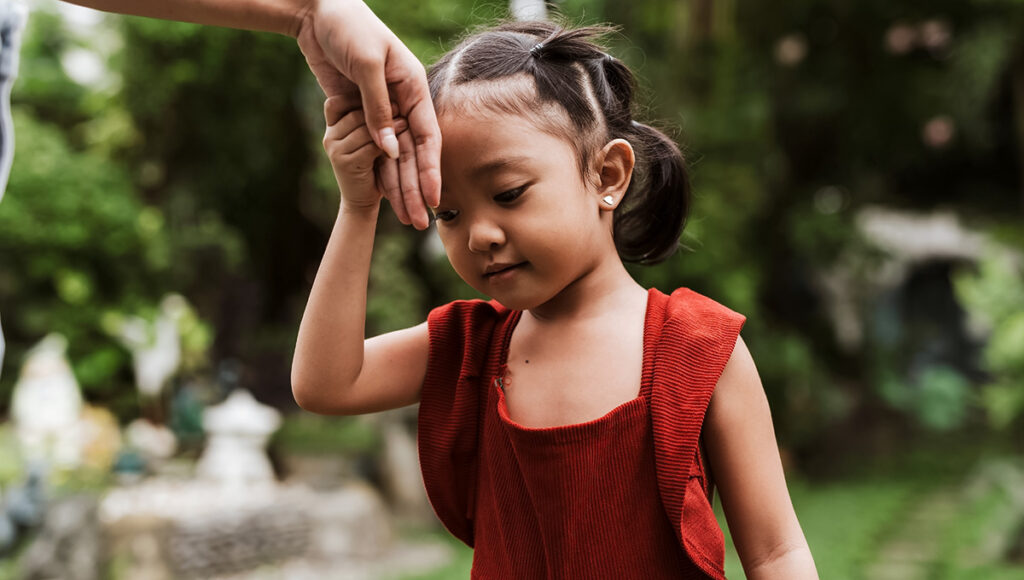
Family is central to Philippines culture in ways Western countries don’t really match. Extended family members stay together or with neighbours. Sometimes, after marriage, adult children remain at home until they get married. Parents work in foreign countries and grandparents bring up the grandchildren. The family circle goes all the way to cousins, godparents, close relatives, and even friends.
That is why some tendencies are strange to tourists. A hotel worker requesting to have a day off since his or her cousin is attending a wedding? That is just family business. Filipinos with 10+ family members being accommodated by successful Filipinos? Expected, not optional. When booking Philippines holidays through World Pinoy Flights, customers notice how family-oriented everything is – restaurants designed for big groups, beaches packed with entire extended families, three generations travelling together on buses.
Respect for elders is non-negotiable in Filipino culture. The ‘mano po’ gesture, or placing your hand on the forehead of an older person and pressing it is a sign of respect. Speaking to the elderly with the term po and opo (respectful yes). Surrendering seats, waiting on the elderly at tables. This chain of command goes further to older siblings, teachers, in short, anyone who has seniority.
The Fashion and Traditional Dress
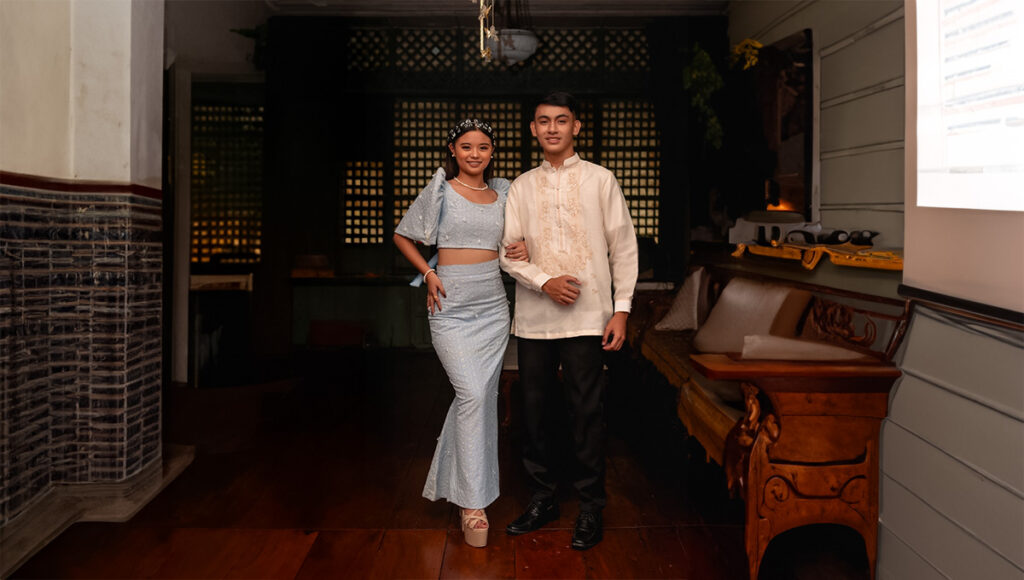
The Filipino traditional dress reflects centuries of cultural evolution. The Tagalog barong ket of men – the translucent embroidered shirt – dates back to the Spanish colonial period, although it has weaving methods of the locals. It is made out of piña (pineapple fibre) or jusi (banana silk) and is worn on formal occasions, on weddings, government occasions, and important occasions.
The traditional dress of women also depends on the region. The most famous to the foreign world is probably the terno, that fine gown with butterfly sleeves. Maria Clara’s dress, or dress after a novel character, symbolises the Spanish-era fashion modified to the tropical climate. The different regions have different styles; however, the malong (tube skirt) used by the Mindanao is totally the opposite of the baro’t saya in Luzon.
You’ll see Filipino traditional dress at festivals in the Philippines, cultural shows, and formal events. There are variations everywhere during the Sinulog festival or other major festivals – modernised versions with contemporary cuts, traditional styles that are proudly put on. Our World Pinoy Flights customers who visit around festivals get to see Philippines culture in full traditional display.
Martial Arts Heritage
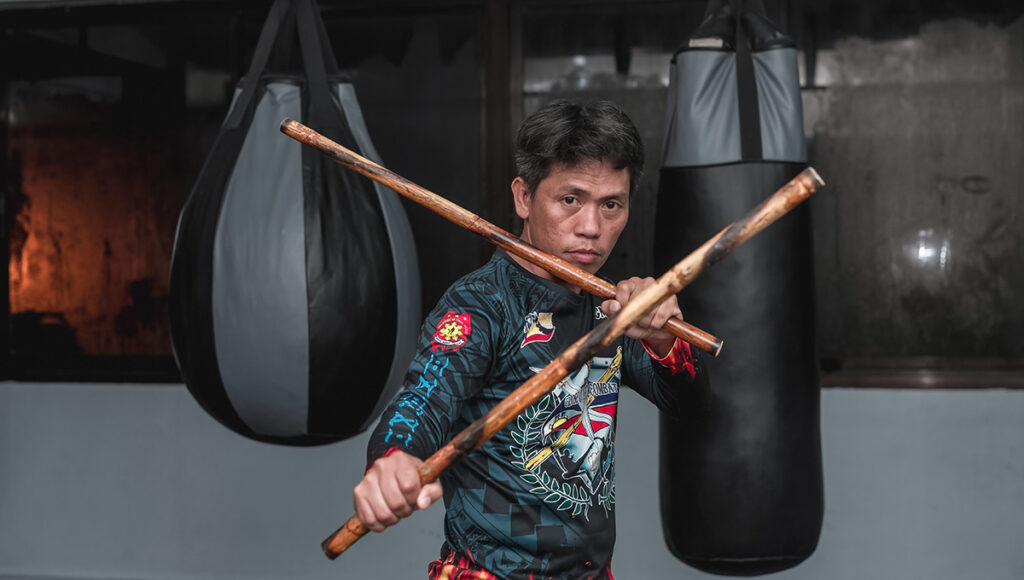
Filipino martial arts (often called Eskrima, Arnis, or Kali) developed over centuries of tribal warfare and later resistance against colonists. Unlike many Asian martial arts focused on empty-hand techniques, Filipino martial arts emphasise weapons training first – sticks, blades, improvised weapons. The rule: when you can fight with arms, then it is easier to fight without them. The Philippine Sports Commission supports Arnis as the country’s national martial art.
Various regions came up with different styles. Duce Pares in Cebu, Modern Arnis in Manila, and different family systems, which have been inherited. What makes Filipino martial arts unique is the practical, no-nonsense approach – techniques designed for actual self-defence, not sport or ceremony.
Schools that offer classes or demonstrations of martial arts can be found in large cities where visitors can show their interest in martial arts. Martial arts exhibitions come with some cultural centres. It’s part of Filipino culture that’s gained international respect – many military and law enforcement agencies worldwide study Filipino martial arts for their effectiveness.
Religion and Spirituality
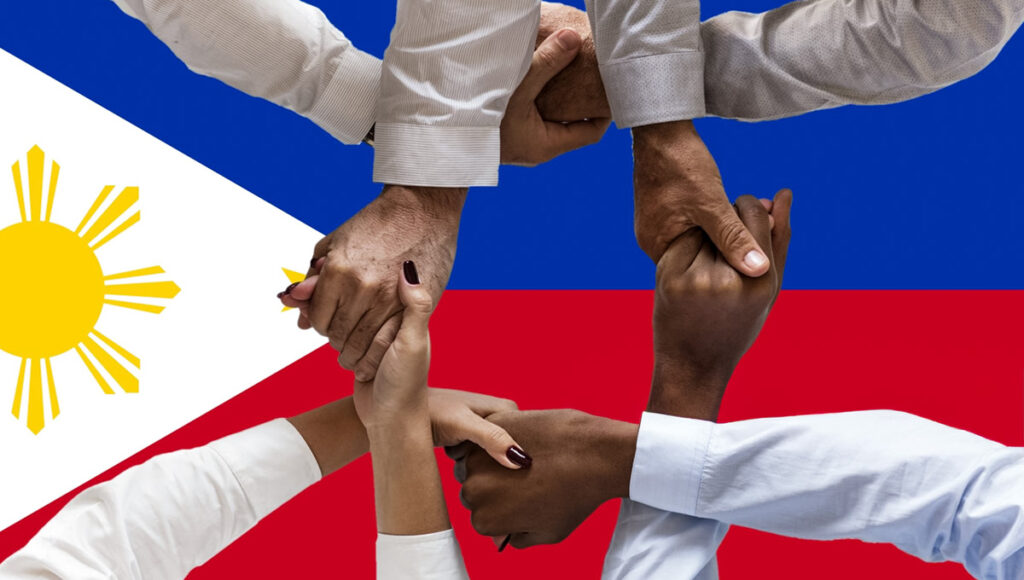
The Philippines is extremely Catholic, a relic of Spanish colonisation. It is the biggest Catholic country in Asia, with more than 80 per cent of its population accepting Catholicism. Religion everywhere intrudes in everyday life in a manner that is unexpected for secular Western travellers. Throughout the Sundays, the churches were full, there were religious pictures all around, and God was mentioned all the time.
But Philippines culture blends Catholicism with pre-colonial beliefs. Faith healers work together with physicians. Holy Week practices encompass those of the natives. Folk Catholicism brings on board folk animistic traditions prior to the arrival of the Spaniards. Southern influence- Philippines Southern Mindanao areas are Muslim dominated with a unique culture.
The calendar is dominated by religious holidays. Sinulog, Ati-Atihan, Dinagyang, and Black Nazarene processions – they are not only a tourist attraction but also a great form of religious devotion combined with celebration. Timing your Philippines holidays around these events provides deep cultural insight.
For an official overview of the country’s diverse faith traditions, from Catholicism to Islam and indigenous beliefs, visit the National Commission for Culture and the Arts (NCCA)
Food Culture and Eating Habits
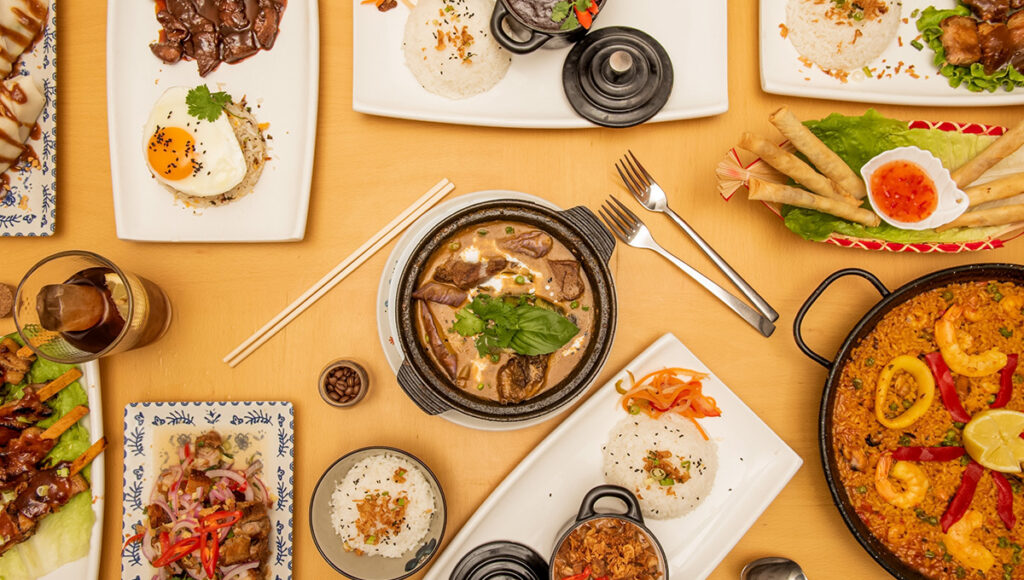
Food’s central to Filipino culture. The meals are shared, the portions are large and rejecting food is taboo. Filipinos eat all the time; it is called the merienda snack in between meals. Breakfast, morning snack, lunch, afternoon snack, dinner, and potentially late-night snack. Food mediates all social contacts.
Filipino food indicates cultural fusion – the Spanish in such dishes as adobo and menudo, the Chinese in noodles and lumpia, the fast food craze of the United States, and native food preparation. Geographical differences are enormous. Everything gets drowned in Bicolano food, which uses coconut milk and chillies. The Ilocano food focuses on vegetables and fermented fish. Mindanao introduces the halal cultures of Muslims.
Kamayan – style eating – shared meal on banana leaves, consumed by hand – is one of the traditional food cultures that is experiencing a resurgence. Today, most restaurants have provided kamayan experiences to tourists who are interested in appreciating the local culture outside the resort bubble.
Social Conveniences and Manners
Understanding basic etiquette helps travellers navigate Philippines culture smoothly. The World Pinoy Flights inform customers on the social norms in avoiding embarrassing situations.
Key customs:
- Filipino time – Things begin late. The 2 PM invitation means that people will come at 3 or 4. Exceptions are the flights – they really take off on time.
- Indirect communication – Direct rejections are ill-mannered. Know how to read between the lines in case maybe means no. Pointing using lips- Filipinos use their lips to gesture. Be aware of this silent direction.
- On-street displays of affection – Conservative culture. It is alright to hold hands, but too much PDA is not.
- Indoor shoe removal – Shoes will have to be removed in most houses. Observe the actions and way of locals.
Why Culture is Important to Understand
Look, you can visit the Philippines and stick to resorts, never engaging with Filipino culture beyond surface level. Plenty of tourists do. However, you are losing the uniqueness of the country. The beaches are great, sure. But Thailand has beaches. Indonesia has beaches. The difference between the Philippines and other countries is the people and the culture.
Customers who book Philippines holidays through World Pinoy Flights and actually engage with culture consistently rate their trips higher. They make relationships, make sense of what they are viewing, and value context. Knowing about Filipino traditional dress makes festivals more meaningful. Understanding Filipino martial arts history adds depth to demonstrations. Getting core values like kapwa and pakikisama explains interactions that would otherwise be confusing.
The Philippines does incentivise cultural inquisitions. Get inquired, experience local lifestyles, go to festivals, eat on the streets, and go outside the tourist bubble. It is there where it really gets travelled – not on the beach, in the cultural interchange.
FAQs about Filipino Culture
Is Filipino culture more Asian or Western?
Both and neither. Filipino culture is its own thing – Asian geography and some cultural elements, Spanish colonial influence in religion and language, and American impact from 50 years of occupation. The majority of Filipinos use English with American accents, observe American holidays, and watch American media. But family structure, food, and social values remain distinctly Asian. It is a very distinctive cultural fusion that can not be categorised.
Am I going to offend everyone when I am not aware of all the customs?
Filipinos are very accommodating to foreigners. They don’t expect you to know everything about Philippines culture. Simple courtesy will do – treat people kindly, smile, take an interest. They will either correct you softly or leave it alone when you go wrong culturally.
Can I learn Filipino martial arts during a short visit?
You can take introductory classes or watch demonstrations, but actually learning Filipino martial arts takes years. In Manila and Cebu, there are schools that offer tourist-oriented classes – the fundamental principles of stick fighting, self-defence. It is more a cultural experience rather than serious training. Provided the interest, identify schools with short intensive courses available to the visiting visitors. Worth noting – many Filipino martial arts masters teach internationally, so continuing training back home is possible.
Where can I see authentic Filipino traditional dress?
Festivals are your best bet for seeing Filipino traditional dress in use. Sinulog in Cebu, Ati-Atihan in Kalibo, and Kadayawan in Davao are major festivals which allow the showcasing of regional traditional clothing. Performances such as those in cultural places like the Cultural Centre of the Philippines in Manila have performances where traditional dress is evident. There are restaurants that demand employees to dress in a traditional manner. It is wedding season (December to May), where you will find barongs and ternas at churches. Historical examples are exhibited in museums in case you would like to have a closer look without the crowd.
The extent of religiousness in ordinary life?
Very, in comparison with most Western countries. Every Sunday is literally crowded with churches. Taxi religious icons, home, and business. Incessant God bless and thank God. The Holy Week closes significant areas of the nation. The younger urban Filipinos, however, are less observant. The business areas of Manila are secular on a weekday. But overall, religion influences Philippines culture way more than most visitors expect. It is not performative faith but sincere faith, respectful even when you are not a religious person.


